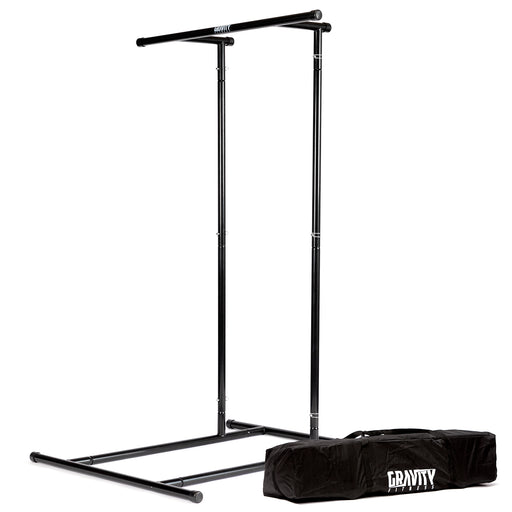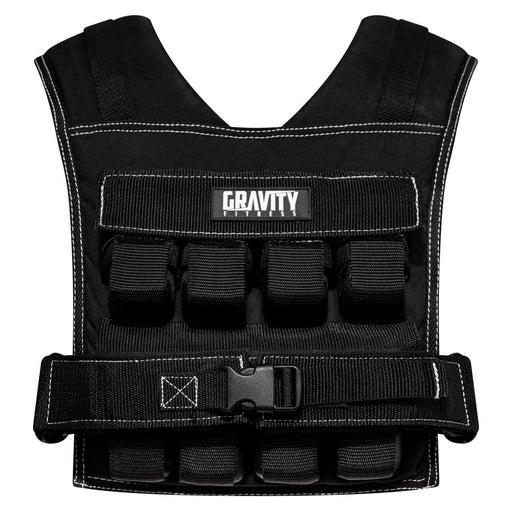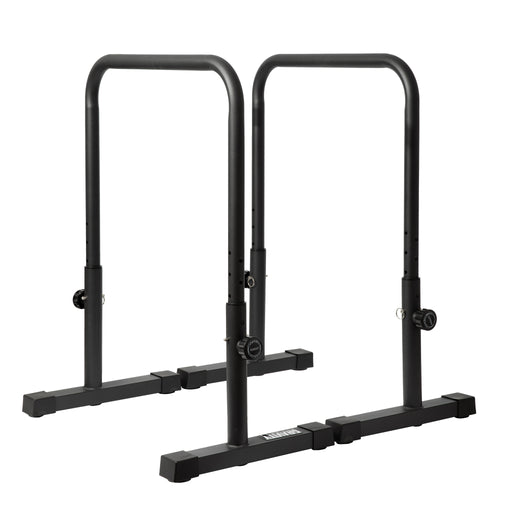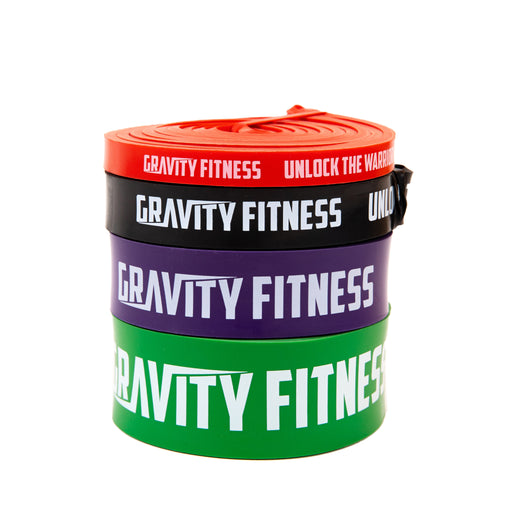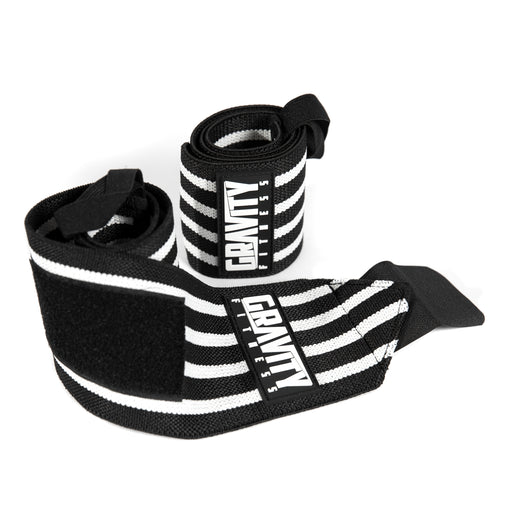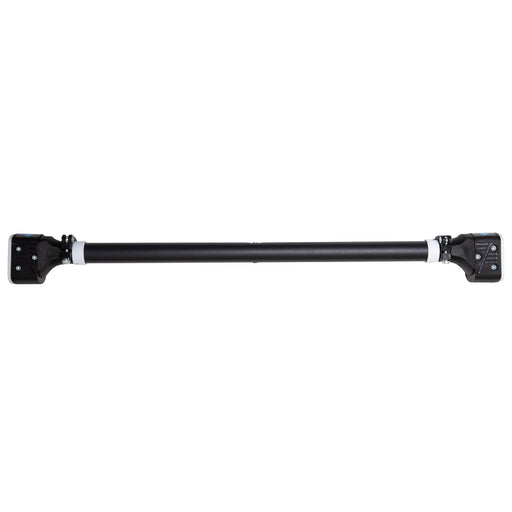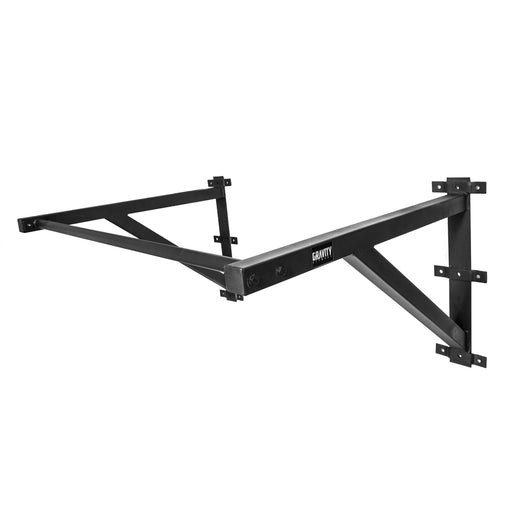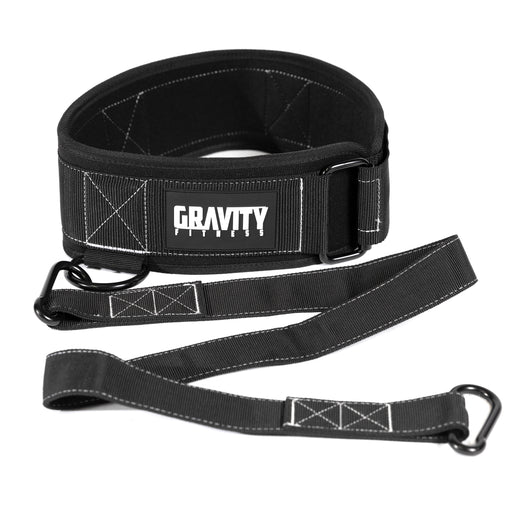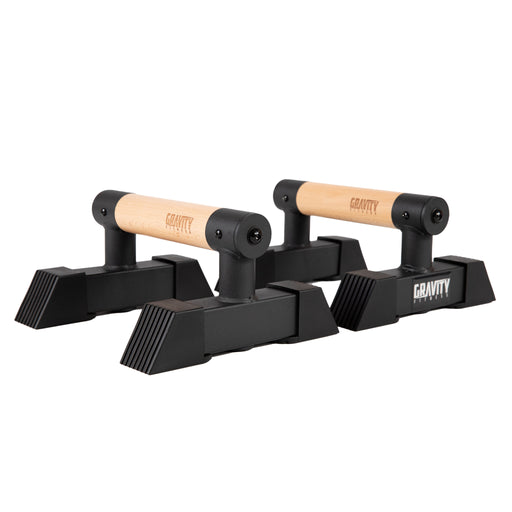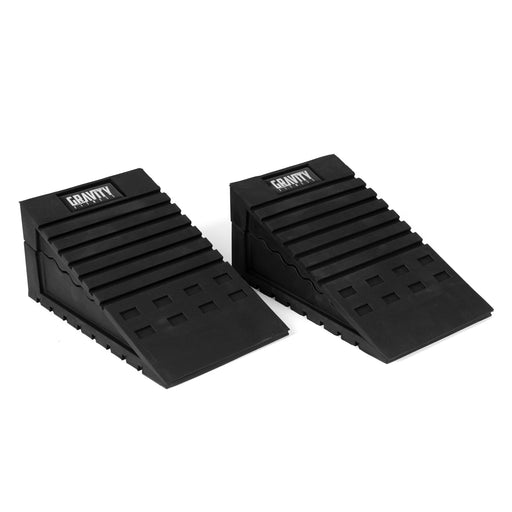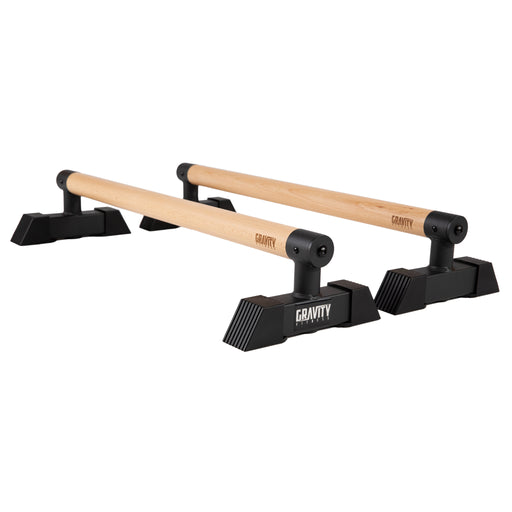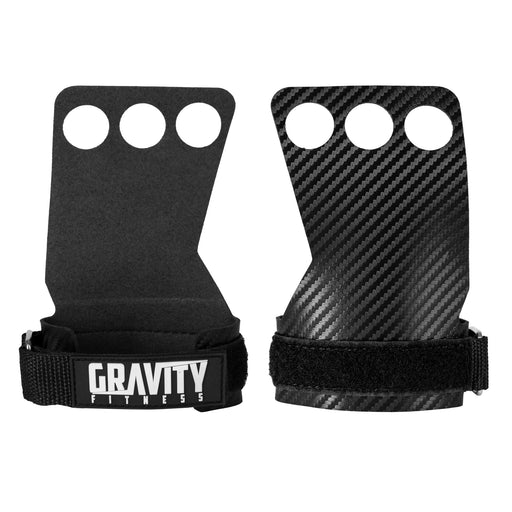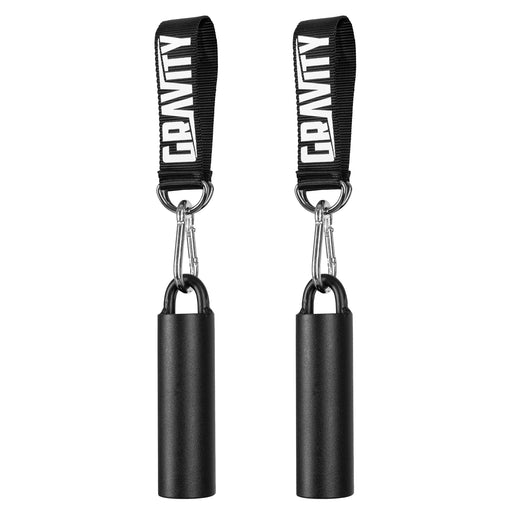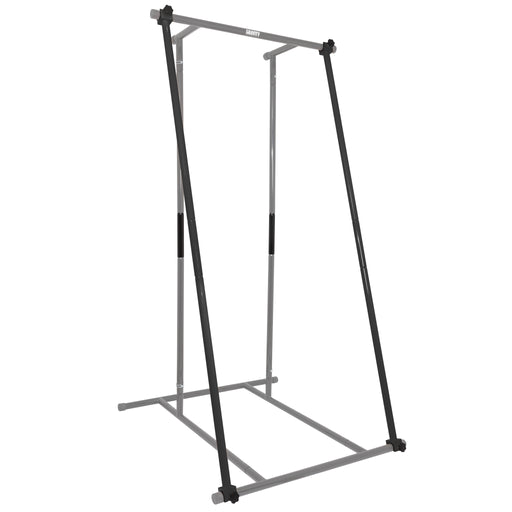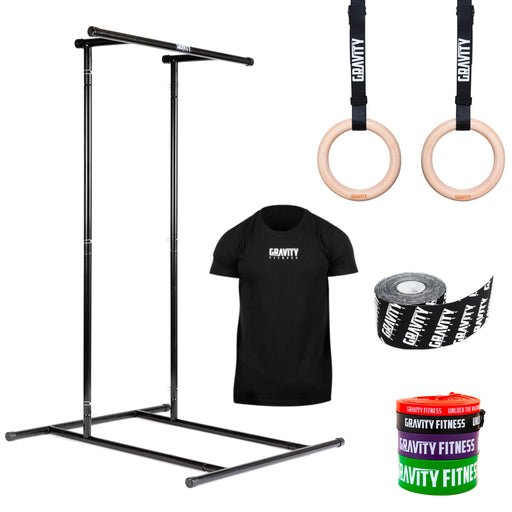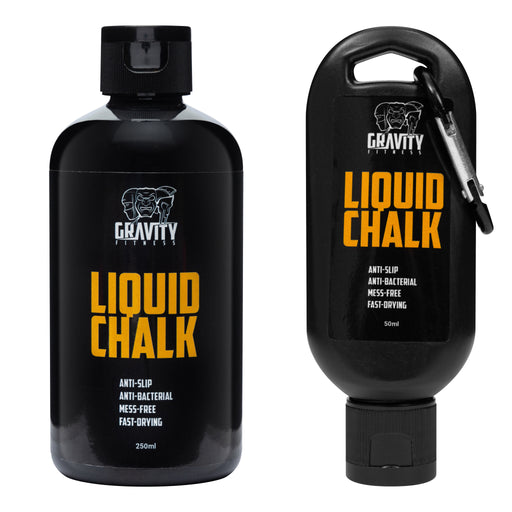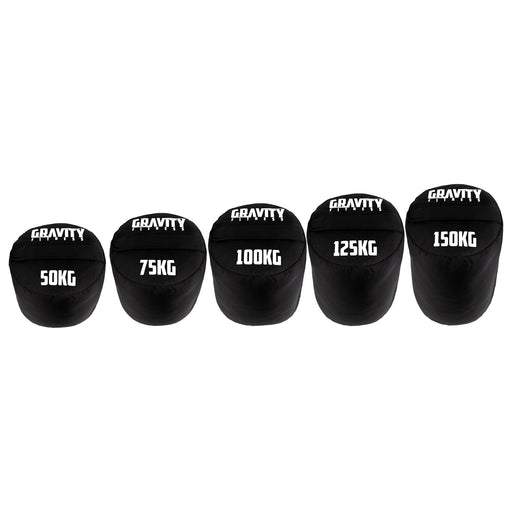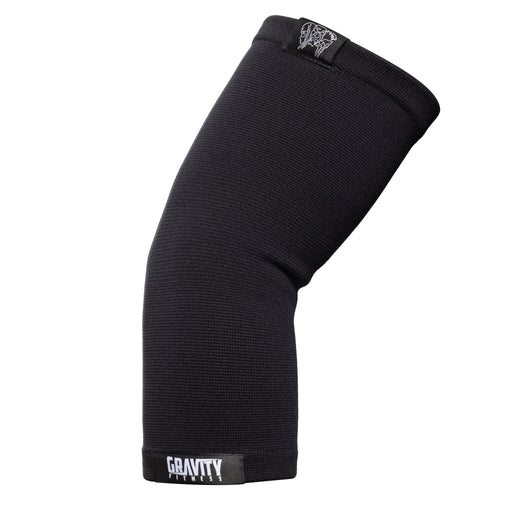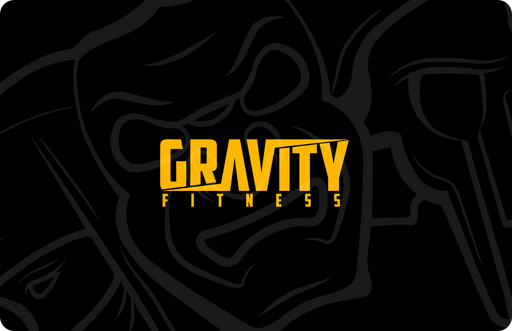
How To Get Started With Unconventional Training
How To Get Started With Unconventional Training
When most people think of unconventional, they think toward the more weird or wacky. But I’m telling you unconventional training is fun, interesting, effective, engaging and motivating. Also it provides different (and opposing) muscle stimulus, making full body training much easier to achieve in shorter periods. This, in turn, provides greater strength in the long run. Unconventional training doesn’t tend to rigid so you’re not tied to being in the gym in front of a squat rack the whole time. You can do it anywhere meaning you can flex it around you and your schedule. Your training environment shapes how you can use unconventional training, and overcoming or adapting to those challenges normally only adds to the effectiveness of the unconventional methods and equipment.
Like with any type of training, start of gradually when it comes to unconventional training. As the name suggests the muscles, pathways and stimuli that are used are unconventional so you may not have trained them as frequently in the past. Be careful and program it at intermittent stages to start with or to help you support another movement. Think of it like an isolation exercise or accessory training – so it’s not the main goal of a session, but it keeps you moving toward your goal. Make sure you incorporate the muscles you will be working into your warm up and cool down to help prevent injury too, as this type of training can be strenuous, especially to begin with.
Unconventional training also tends to be more functional, making it applicable to daily life. Movements tend to be more natural or more practiced, leading to real world usage. Also more movements in unconventional training use what is called the Serape effect. The Serape effect is using rotation as well as push and pull during an exercise, more often than not, simultaneously.
So what equipment counts as unconventional? Well Gada Clubs, Battle Ropes, Sledgehammers, Sandbags and Macebells are good full body starting points – all of these are available here. You can even add in tennis balls either for single hand throw and catch practice or juggling, which are fantastic for getting into hand eye coordination drills and that also adds a cognitive element to your training, which will improve your performance in the long run.
As unconventional training normally involves full body work, start by programming it less frequently, perhaps one session per week for around an hour. Then, depending on your goals and training schedule you can increase that number or the time you spend on that particular session.
Example Session (Intermediate):
Battle Ropes: 30 secs with 15 secs rest x 4
Gada Club Halo Swings: 30 secs over each side with 20 secs rest x 3
Sledgehammer hits on tyre: Circle round the tyre 3 times with 30 secs rest after each tyre circle
Sandbag rotational swings/ reverse lunge and twist: 30 secs with 15 secs rest x 2
Sandbag snatches: 30 secs with 15 secs rest x 2
Macebell Squats for 1 min
Rest 2 mins
Repeat x 3-4 times
This example session is around 40 mins and needs good aerobic capacity as well as foundational strength and techniques in these movements. Again scale your training according to your level. Make sure you practice these elements individually and get the technique right at a slower speed with lighter weight before speeding up your technique or adding more weight – just like a standard progressive overload strategy or using negatives and bands in calisthenics.
This type of training will increase your strength across your full body strength and power, so it can be a great alternative to a gym based routine, or to train to increase your strength across different mechanical ranges.
Show us how you’re getting on with your unconventional training by tagging @gravity.fitness on IG so we can see your progress and what routines you can come up with!












